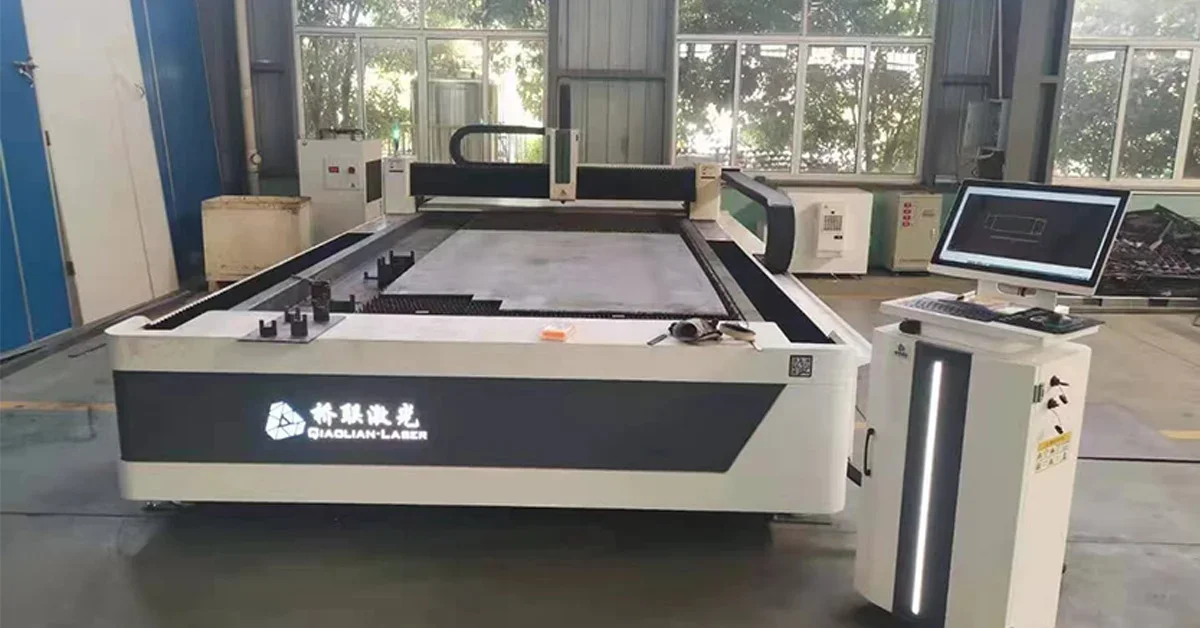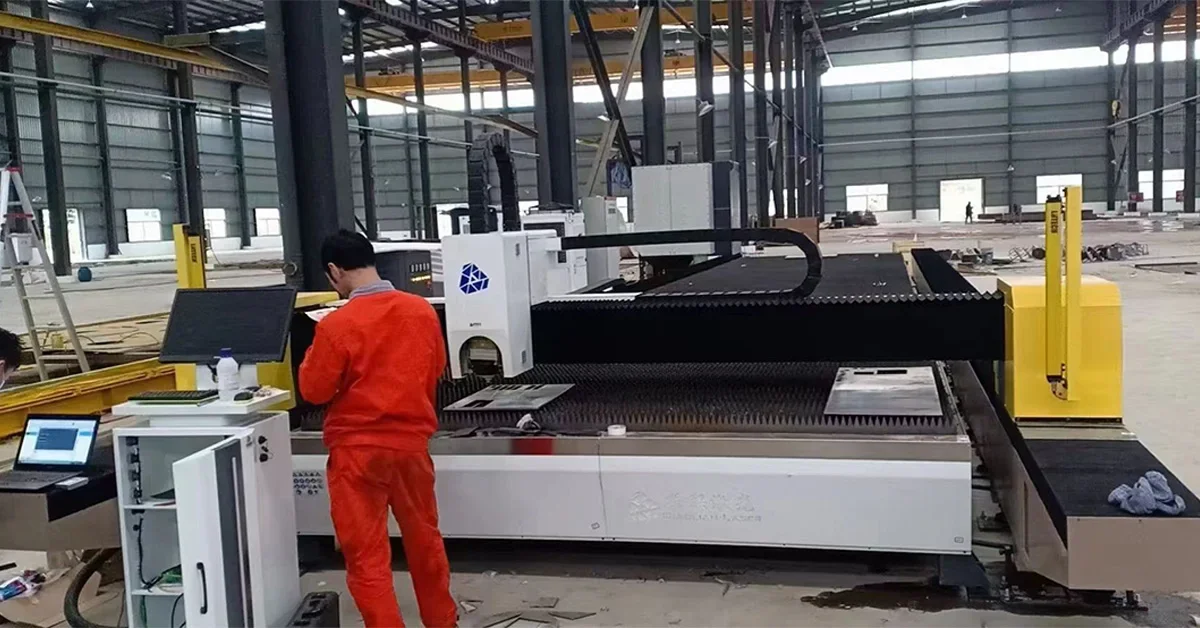It is no wonder that the fiber metal laser cutting machine is used to process metal sheets, but the processing methods of different thicknesses are also different when processing metal sheets. We must use the fiber laser cutting machine flexibly and process according to the actual situation and correct operating specifications. Qiaolian & Cylion share with you the cutting technology points of fiber metal laser cutting machine.
Optical fiber metal laser cutting machine can be used for both plane cutting and bevel cutting, and the edges are neat and smooth, which is suitable for high-precision cutting of metal plates. Compared with ordinary carbon dioxide laser cutting machines, it saves space and gas consumption, and has high photoelectric conversion rate. It is a new energy-saving and environmentally friendly product and one of the world's leading technology products.

Matters needing attention when cutting thick metal plates by fiber metal laser cutting machine
Fiber laser cutting machine processing materials: stainless steel, carbon steel, alloy steel, silicon steel, spring steel, aluminum, aluminum alloy, galvanized sheet, galvanized sheet, pickling sheet, copper, silver, gold, titanium and other metal sheets and pipes cut.
Fiber metal laser cutting machine processing advantages: high precision, fast speed, narrow slit, minimum heat affected zone, smooth cutting surface without burrs. The laser cutting head does not come into contact with the surface of the material and does not scratch the workpiece. The slit is the narrowest, the heat affected zone is the smallest, the local deformation of the workpiece is extremely small, and there is no mechanical deformation. It has good processing flexibility, can process any graphics, and can also cut pipes and other special-shaped materials. It can perform deformation-free cutting of any hardness materials such as steel plates, stainless steel, aluminum alloy plates, and hard alloys.
Generally, when a fiber laser cutting machine is used for cutting, the thickness of the cut sheet is limited.
One of the reasons: because it is closely related to the cutting front iron. Since the cutting front iron is very unstable when burning, if you want to be more stable when cutting, you must ensure that the burning can continue during the cutting process, and The temperature at the top of the slit is also very important, and it needs to reach the ignition point; and generally, it cannot continue to burn during the cutting process, because only the ferrite combustion reaction releases energy. The first reason for the difficulty of cutting thick plates is that the temperature of the cutting front is low, because the oxygen flow from the nozzle needs to cool the kerf, thus affecting the temperature of the cutting front.
The second reason is that the diffusion of oxygen is hindered, which is because a ferrous oxide layer will be formed during combustion, but it will cover the surface of the workpiece, so the concentration of oxygen will be reduced to a certain extent. When it burns, it will suddenly go out when burning, so thick plates cannot be cut. However, when using a converging beam for cutting, because the laser beam is concentrated together, the area it acts on the surface of the workpiece is very small, and the laser power density is still very high, so the ignition temperature can be easily achieved.

Fiber Metal Laser Cutting Machine Supplier - Qiaolian & Cylion
The first factory of QIAOLIAN GROUP started in Luoshe Town, Wuxi City, Jiangsu Province in 1998. After more than 20 years of development, it has been involved in CNC lathes, CNC machining services, plasma cutting machines, laser cutting and welding machines, automated production solutions and other fields. We are very experienced in the production and sales of CNC machinery and equipment, and we have operations all over the world, welcome to inquire!
https://www.qiaoliangroup.com/Fiber-metal-laser-cutting-machine-cutting-technology-points.html
